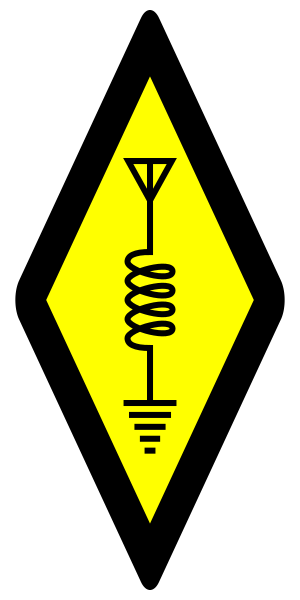Original Direct Conversion Receiver Block
This is the original version of the direct conversion receiver block. I used it in the Two Band SOTA Transceiver.
The direct conversion receiver block takes the antenna input (J1) from the transmit board’s LPF and outputs audio I/Q for feeding to the audio phasing and amplifier board. It includes a pre-amp but I eventually disabled this as I found it often overloaded. There is plenty of gain so I have never missed it. On higher bands than 20m it might be useful.

